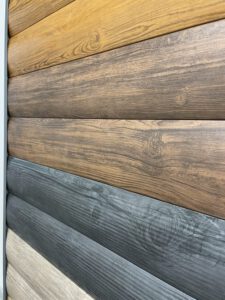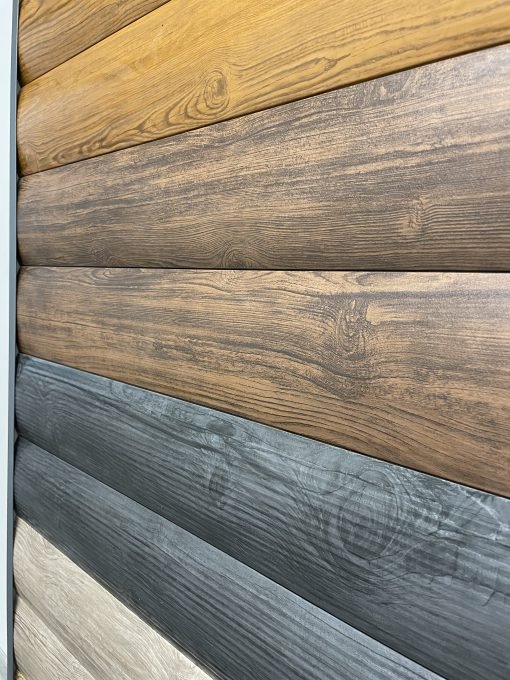Siding Repair Seattle WA can be done to save your siding. But if your siding has begun to show signs of rot, it may be time to replace it. You don’t necessarily need to replace the entire board. Just replace rotten or broken boards. Make sure to stagger the butt joints and center your cutting lines on the studs. You can identify stud locations by the nailheads on the siding. There are several steps to replace siding. Here are a few of them. Read on to learn how.

Before you begin, you must determine the extent of the damage. Then, you can either repair a small portion of the siding or replace the entire siding. While fading is not repairable, you can fix small holes. Gaps can be caulked. When properly maintained, siding is your home’s first line of defense. It keeps out rain, wind, ice, and cold and gives you curb appeal. Here are some tips for siding repair.
Dry rot is difficult to detect by looking at the siding. To find this problem, you should tap on the siding and listen for differences in sound. Wood siding is beautiful on the outside, but it also looks great on the inside. If the underlayer of the siding is soft, you may need to replace it. Another thing you should look for is low-grade wall insulation. Poorly insulated walls can result in higher energy costs. Therefore, make sure to install high-quality wall insulation.
If your home is covered by siding, you must protect the entire area. Clean the siding area thoroughly to remove any mold, mildew, or algae. This is especially important if you live in humid climates. If you can protect your landscaping from damage, it will last longer. However, you should be aware of the costs of re-applying for the paint. It’s always better to invest in high-quality, durable products, especially if they are not cheap materials.
Before choosing the right type of siding for your home, you should consider the resale value of your home. If one wall of siding is freshly painted, buyers are likely to be less likely to invest in it. If they notice the painting job on only one wall of the home, they may consider buying a home that has new siding on all walls. If the other walls are painted, buyers will assume the siding needs to be replaced soon.
Siding materials come in many different varieties, each with its pros and cons. They vary in price and look, as well as their durability and maintenance requirements. Some homeowners opt for a traditional wood siding, while others choose a modern look with metal siding. If you’re looking for a classic brick look, brick siding may be for you. However, while it is durable and resistant to rot, brick siding is not easy to repair and is not particularly easy to replace if damaged. Wood siding is another option, but it’s expensive.
While vinyl siding is a relatively cheap option, natural or manufactured stone can cost more than vinyl. In addition, stone siding requires professional installation or repair. It would be best if you also considered hiring a mason, as these professionals are more highly skilled and expensive than a standard handyman. The cost of installing stone siding may be more than double the price of vinyl. In addition, a mason will charge you a lot more for the work than a standard handyman.
If your siding is beginning to show signs of rot, you may want to consider replacing it. Repairing a small hole in the siding will cost between $50 and $150. Once you have determined the cause of the rot, the remaining wood will be replaced. The cost of replacing a large section of your siding may reach $2,500 or more. Siding contractors typically charge between $40 and 70 per hour for labor. However, if you have a more complex pattern, you’ll likely have to spend even more.
Brick and stone siding are the most expensive types of siding, and they’re notoriously difficult to install. Because they’re so heavy, however, they can also break easily. Even though stone and brick are strong and durable, they can break over time due to settling or harsh weather conditions. In addition, a loose mortar could give insects and moisture access. These siding types require frequent cleaning and are generally quite expensive. They are also the most expensive for residential installation.
Siding has long been an excellent exterior shell for homes. For decades, wood siding was the popular option. Typical wood clapboard was used for the majority of homes. Today, the majority of siding options are made from aluminum, vinyl, or fiber cement. Fiber cement is also relatively easy to care for, which makes it one of the most popular choices for siding. However, fiber cement is also fairly expensive and requires more maintenance. The benefits of fiber cement siding are numerous.
